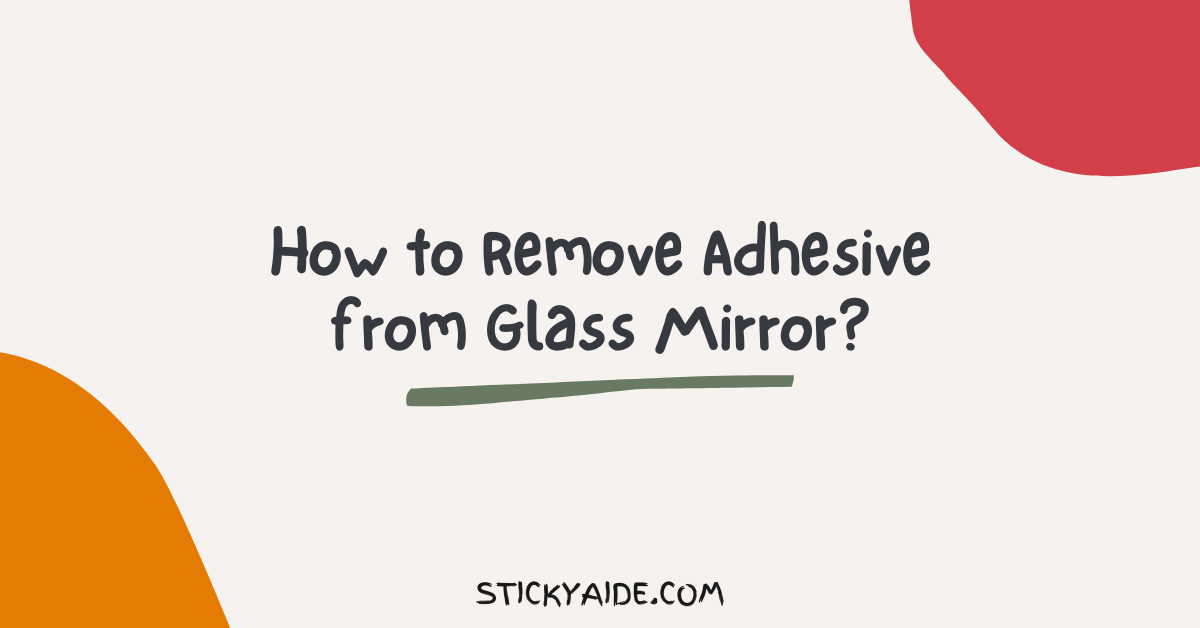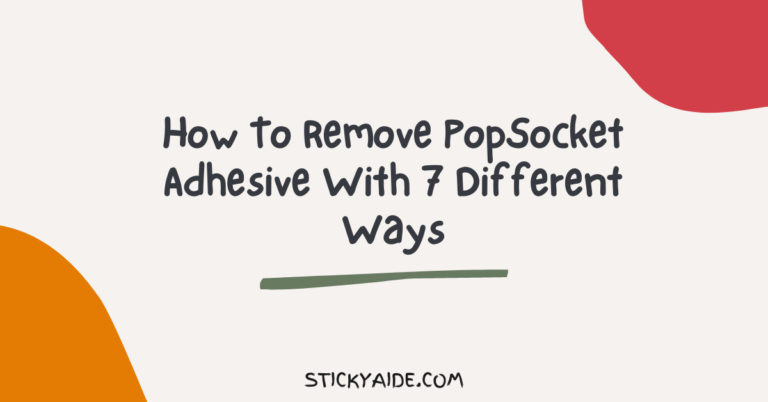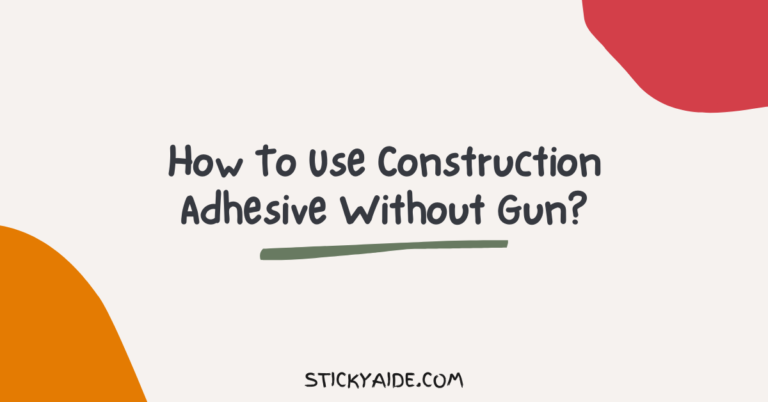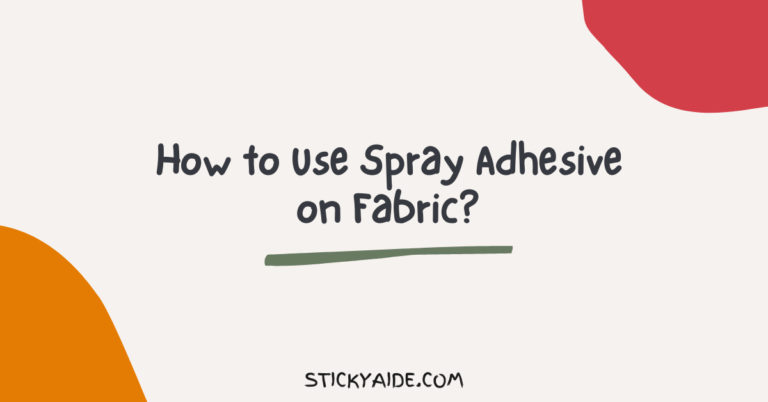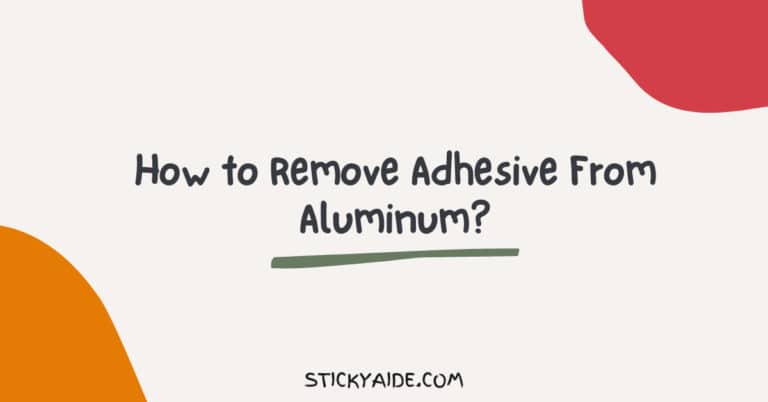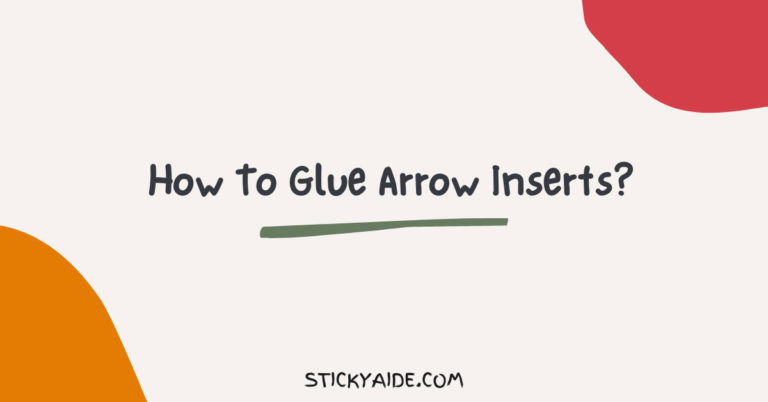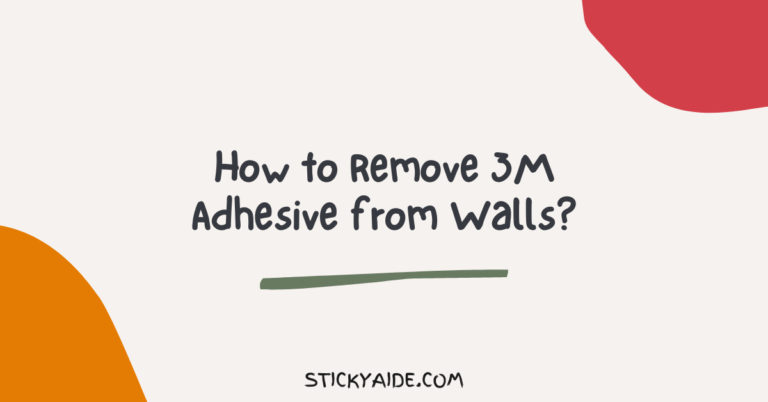Removing adhesives from glass mirrors isn’t easy; many factors affect how well each method works, such as the type of adhesive used and the amount you have to remove.
Thankfully, there are multiple ways to remove adhesive from glass mirrors, so you can try different methods and see which works best for your situation.
Here are five different methods that can help you safely and easily remove adhesive from the glass mirror so you can get back to enjoying your home or office space with minimal clean-up time and effort.
Read More: How To Get Adhesive Off Plastic?
How to Remove Adhesive from Glass Mirror With 5 Different Methods
1) White Vinegar
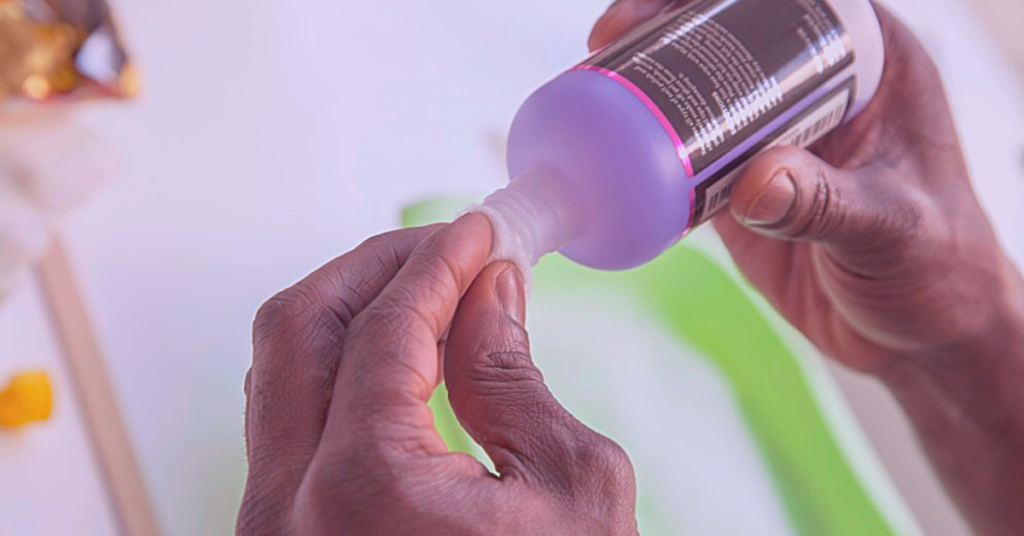
White vinegar is a safe, natural, and effective way to remove adhesive from your glass mirror. Soak a clean cloth in white vinegar and lay it over the adhesive.
Leave it for several minutes, then use the cloth to rub the adhesive in a circular motion. Repeat as necessary until the adhesive is removed. You can also use white vinegar to remove any residue from the adhesive.
2) Goo Gone Spray
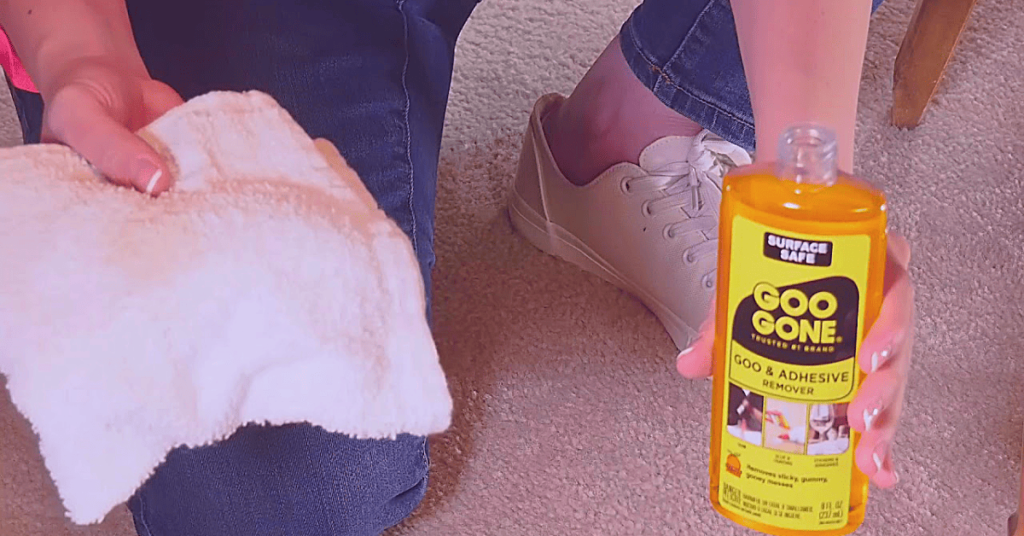
The first step is to identify what type of adhesive is on the glass mirror. Goo Gone Spray should do the trick if it is a water-based adhesive.
Just spray it on the adhesive and let it sit for a minute or two. Then, use a rag to wipe away the loosened adhesive. Repeat as necessary until all of the adhesives are gone.
3) Rubbing Alcohol
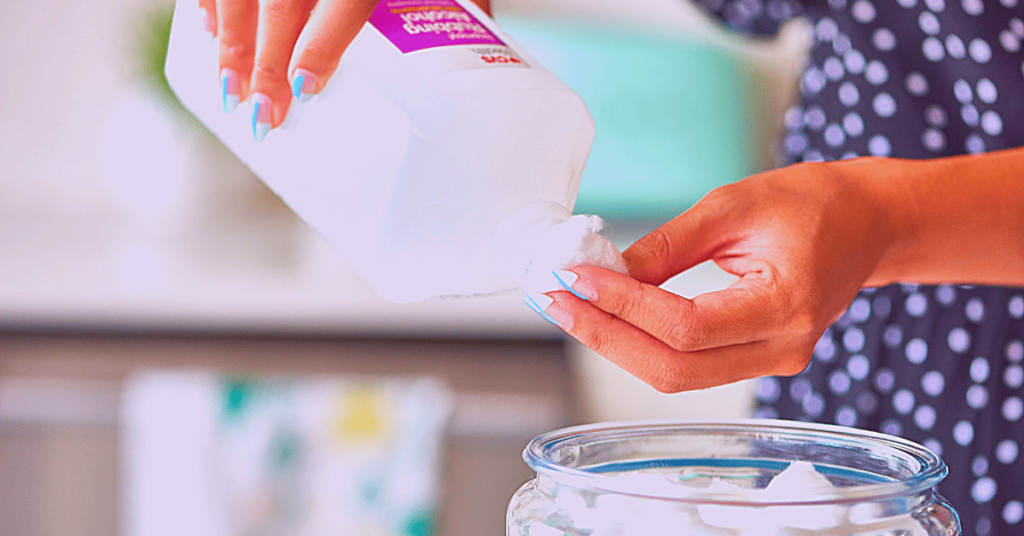
The rubbing alcohol method is one of the most common ways to remove adhesive from a glass mirror. All you need is a clean cloth and some rubbing alcohol.
First, soak the cloth in the rubbing alcohol and then rub it over the adhesive. You should see the adhesive start to loosen and come off.
If it’s not coming off quickly, you can try using a little more force. Just be careful not to scratch the mirror. Once the adhesive is gone, use a clean part of the cloth to wipe away any residue.
4) Nail Polish Remover
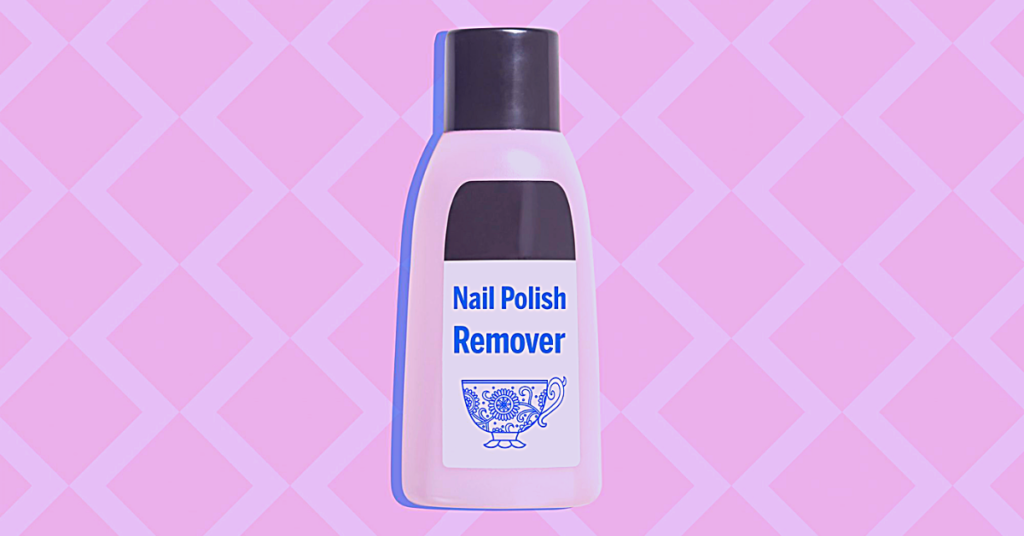
Nail polish remover is one of the most common household items that can be used to remove adhesive from glass mirrors. It is essential to test a small area first to ensure that it does not damage the mirror’s surface.
Apply a little nail polish remover to a cotton ball and rub it over the adhesive. Rinse the area with warm water and dry it with a soft cloth. Repeat this process until the adhesive is removed.
5) Lighter Fluid
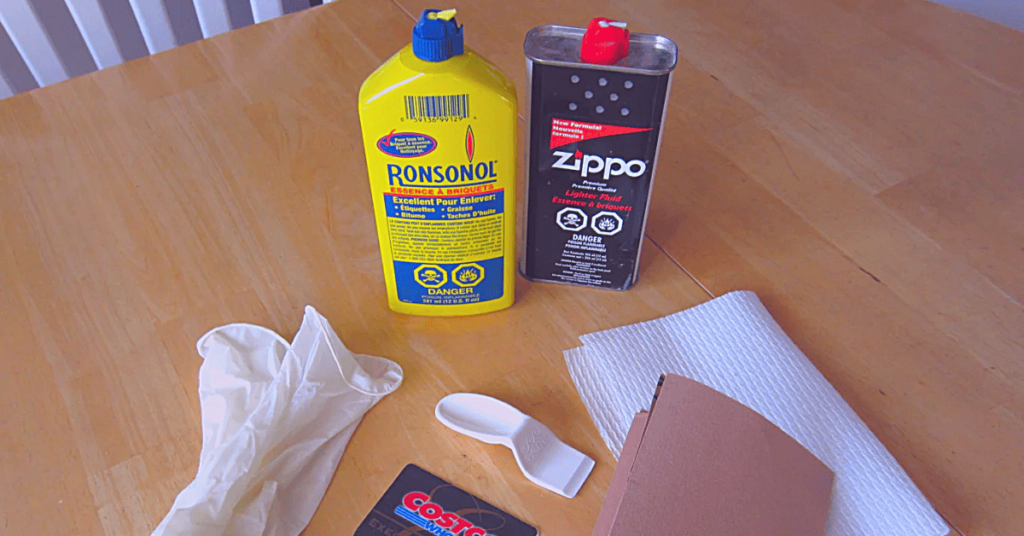
Lighter fluid is an excellent option for removing adhesive from glass mirrors because it’s inexpensive and easily available. It’s also relatively gentle on the mirror’s surface.
Soak a cotton ball in lighter fluid and rub it over the adhesive. Let it sit for a few minutes, then wipe away with a clean cloth. If necessary, repeat the process until all adhesive is gone.
Will acetone damage a mirror?
Acetone is a powerful solvent that can dissolve many types of adhesives. However, it can also damage some surfaces, like plastics and rubber. So, before using acetone to remove adhesive from your mirror, test it on a small, inconspicuous area first. If the acetone doesn’t damage the surface, use it to remove the adhesive.
Does WD 40 remove adhesive from glass?
WD 40 is an excellent option for removing adhesive from glass because it’s affordable and easy to find. Plus, it’s gentle enough not to damage the glass. To use WD 40, spray it on the adhesive and let it sit for a few minutes. Then, use a razor blade or putty knife to scrape off the adhesive.
Can I use nail polish remover to clean my mirror?
Nail polish remover can be used to clean your mirror, but it is essential to remember that it is a strong chemical. If you use too much or leave it on for too long, it can damage your mirror’s surface. You should always test a small area first to ensure that the nail polish remover does not damage your mirror.
Can you use Goo Gone on a mirror?
Goo Gone is a product used on various surfaces to remove sticky residue, including mirrors. However, you should always test a small area first to ensure it does not damage or discolor the surface. You should also avoid using Goo Gone on antique or vintage mirrors, as the chemicals could damage the surface. If you are unsure, it is always best to consult a professional.
Last Opinion
Overall, the best method for removing adhesive from glass mirrors is the one that works best for your particular situation. You may need to try a few different methods before you find the one that works best for you. But with a bit of patience and elbow grease, you should be able to get the job done!

